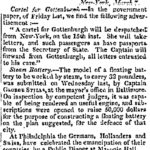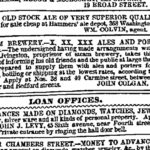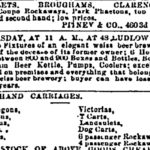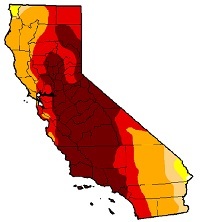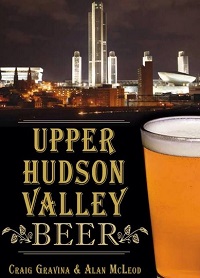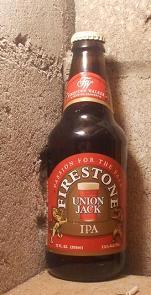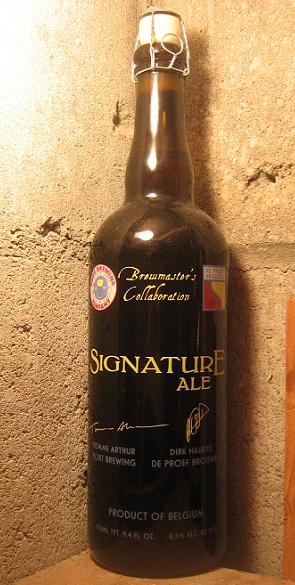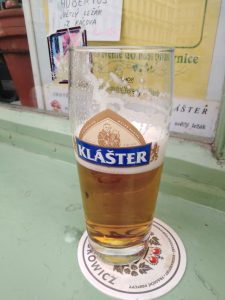 Here’s the real news since last week. I had to get the car battery jump started. Things have gotten so idle around here that the battery went flat. In spring. Not that you would have known it was spring with the temperatures but that is not my point. The point is the second biggest investment in my life is sitting there entering an entropic state, proving the one or more of the laws of thermodynamics. Or something. Fords. Go figure. Plus the other real news is that Max went to a bar and drank a beer. In Prague. Really. I think it is going to be alright after all. I did that last on the 6th of March. Seventy days ago or so.
Here’s the real news since last week. I had to get the car battery jump started. Things have gotten so idle around here that the battery went flat. In spring. Not that you would have known it was spring with the temperatures but that is not my point. The point is the second biggest investment in my life is sitting there entering an entropic state, proving the one or more of the laws of thermodynamics. Or something. Fords. Go figure. Plus the other real news is that Max went to a bar and drank a beer. In Prague. Really. I think it is going to be alright after all. I did that last on the 6th of March. Seventy days ago or so.
What else has been going on? Work has been busy and drinks few so there has been a wee bit of a slide in my reading this week. Zoom meetings. All the zooming… who knew? One thing that’s being going on is that Robin and Jordan hit a one year anniversary of their podcast. Note: a word which is not about dealing with the residue left after a good pea shelling session. I listened to the first at a ball diamond parking lot up north in Sydenham, Ontario. I’m listening to broadcast #52 as I type. This week, they discuss the local new world order of home delivery direct from breweries which reminded me of this news from California‘s Department of Alcoholic Beverage Control:
The investigation’s findings, posted as an industry advisory to the ABC’s website, say “the Department’s recent enforcement actions have revealed that third-party delivery services are routinely delivering alcoholic beverages to minors,” and that “many licensees, and the delivery services they use, are failing to adhere to a variety of other legal obligations.” The situation is being exacerbated by the pandemic because of “a marked increase in deliveries” once the state began allowing the sale and delivery of to-go cocktails and other forms of liquor in March.
Also in Toronto, Mr. B commented on the fiscal prospects a beer writer faces these days when contemplating a new book project:
HAHAHHAHAHAHAHAHAHAHAHAHAHAHAHAHAHAHAHAHAHAHAHAHAHAHAHAHAHAHAHAHAHAHAHAHAHAHAHAHAHAHAHAHAHAHAHAHAHAHAHAHAHAHAHAHAHAHAHA… (breathes)… HAHAHAHAHAHAHAHA HAHAHAHAHAHA
Not unrelated, please tip more.
Conversely, there was a great splash out on the typewriter ink ribbon for Boak and Bailey’s #BeeryLongRead2020 fest-a-bration earlier this week and they posted a handy round up of seven of the submissions. A prize in the form of a bundle of books was sent to the best entry, Josh Farrington for his essay “Something in the Water“:
Some of my first memories of drinking come from those summer holidays. Sips of pungent sea-dark wine, acidic and overwhelming; a sample of gin and tonic, bitter and medicinal with a gasping clarity; and of course, beer – not ale, nothing my grandfather would touch – but lager, cold and crisp and gassy, a fleeting glimpse of adulthood.
Ah, the pleasure of the amateur pen. But if that were not enough to dissuade you from a career path, there was big news on the sensational front reported this week:
To test this, we first compared a group of wine experts to yoked novices using a battery of questionnaires. We show for the first time that experts report greater vividness of wine imagery, with no difference in vividness across sensory modalities. In contrast, novices had more vivid color imagery than taste or odor imagery for wines. Experts and novices did not differ on other vividness of imagery measures, suggesting a domain‐specific effect of expertise.
Modalities. Again with the modalities. Frankly, I have long suspected there was no difference in vividness across sensory modalities. You doubted me but there it is.
“How to Bottle Condition Beer” by Stephanie Brindley for the brewery tech services firm, Murphy and Son. Just the one. In case you wanted to know.
@oldmudgie offered a wonderfully reactionary, counter-reformation laced call to turn back the clock by arguing that the pub smoking ban should now be reversed as part of the new world order:
It should be remembered that smoking continued to be permitted in outdoor areas because it was felt that there was little or no risk to others from environmental tobacco smoke. (The same is true indoors, of course, but that’s another matter). If people don’t like it, that’s up to then, but it seems a warped sense of priorities to be more worried about the risk from second-hand smoke than from coronavirus.
He also added that there is evidence that heavy smokers may actually offer some protection against Da Vid. It is an evil disease that prompts you to save yourself by killing yourself.
Conversely, the anti-neo-prohibitionist Straw Man Society will no doubt have frothed at the mouth over this interesting BBC bit on why you might be drinking too much during lockdown:
“In the moment, it feels like relief and we feel better,” explains Annie Grace, author of This Naked Mind: Control Alcohol. “Our blood alcohol level rises and things feel slower; our mind relaxes and there’s some disorientation and euphoria.” But the relief is transient, she says, as “20-30 minutes later the body starts to purge the alcohol, because that’s what the body does with toxins, and as the alcohol leaves our blood we start feeling uncomfortable and even more stressed”.
Not me. I’m off the bottle. Largely. Me, I am pumping up my immune system as fast as I can… and maybe now taking up a two-pack of smokes habit a day.
Care of Cookie, we learn that the scholars of the UK’s newspaper The Sun have taken a different tack on the issue of health and drinking and offered this regulatory suggestion from local Tourism Alliance Director, Kurt Janson :
“The urgency of the situation should let shops look at having outdoor seating areas – which is a permitted development – meaning you can just do it. Or you could change planning rules to shut down streets in the evenings. He also explained how pubs in less-populated areas could reopen: “Pubs could open back onto fields, especially in rural areas, and use farmer’s fields to increase the footfall.”
Farmers fields! Filled with newly heavy smokers trying to cope with their new smoking habit as well as their new habit of sitting out in a farmer’s field. Better than out behind a disused railway line, I suppose.
Rather than such neverlands of past and/or future, Jeff has been writing more about the now:
One of the challenges of this moment is uncertainty: we have no idea—we can’t know—how long this will last. It’s impossible to guess when I’ll be able to sit down for my next pint of draft beer. Those two months feel simultaneously like ten years and also ten minutes. It’s a disorienting time, made all the more so because we don’t know how long it will last.
That’s all for now. Is it still now? Now. And in seven days it will be a week from now. And now again.* Meantime, keep writing and reading and keeping up with the chin. Check in with Boak and Bailey most Saturdays, plus more at the OCBG Podcast on Tuesdays and sometimes on a Friday posts at The Fizz as well. And sign up for Katie’s weekly newsletter, too. Plus the venerable Full Pint podcast. And Fermentation Radio with Emma Inch. There’s the AfroBeerChick podcast as well! And have a look at Brewsround‘s take on the beer writing of the week. Thanks for stopping by.

